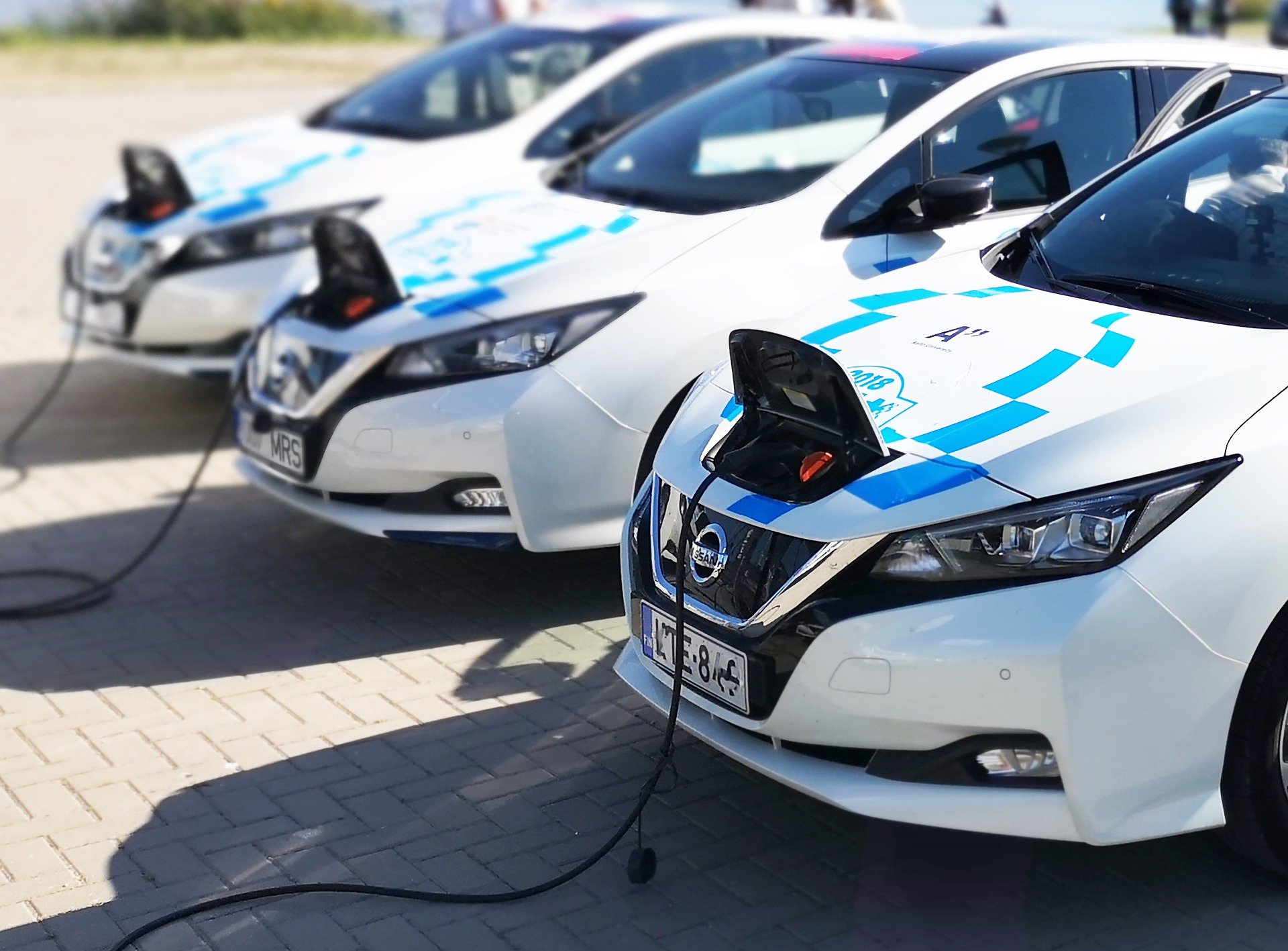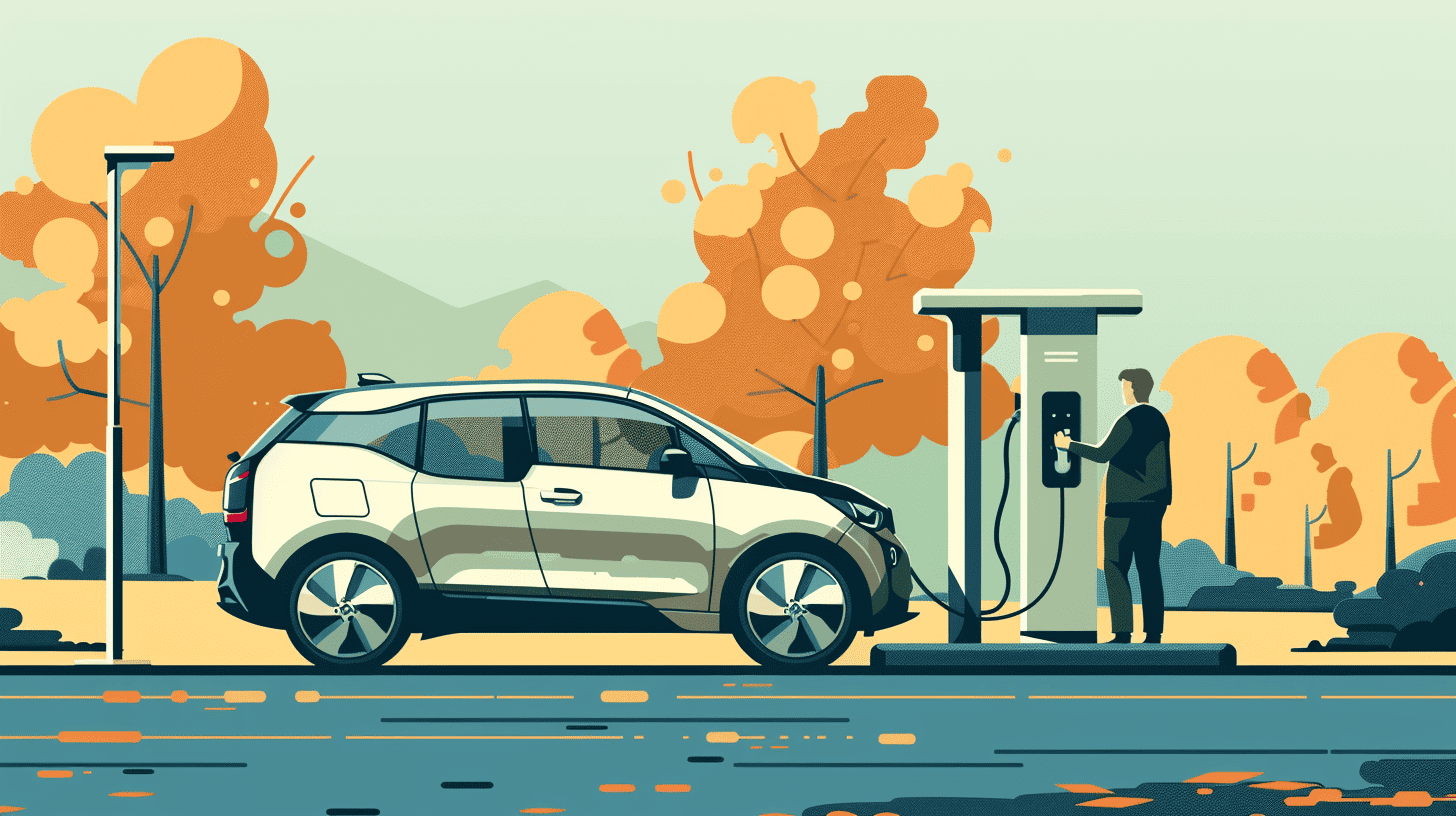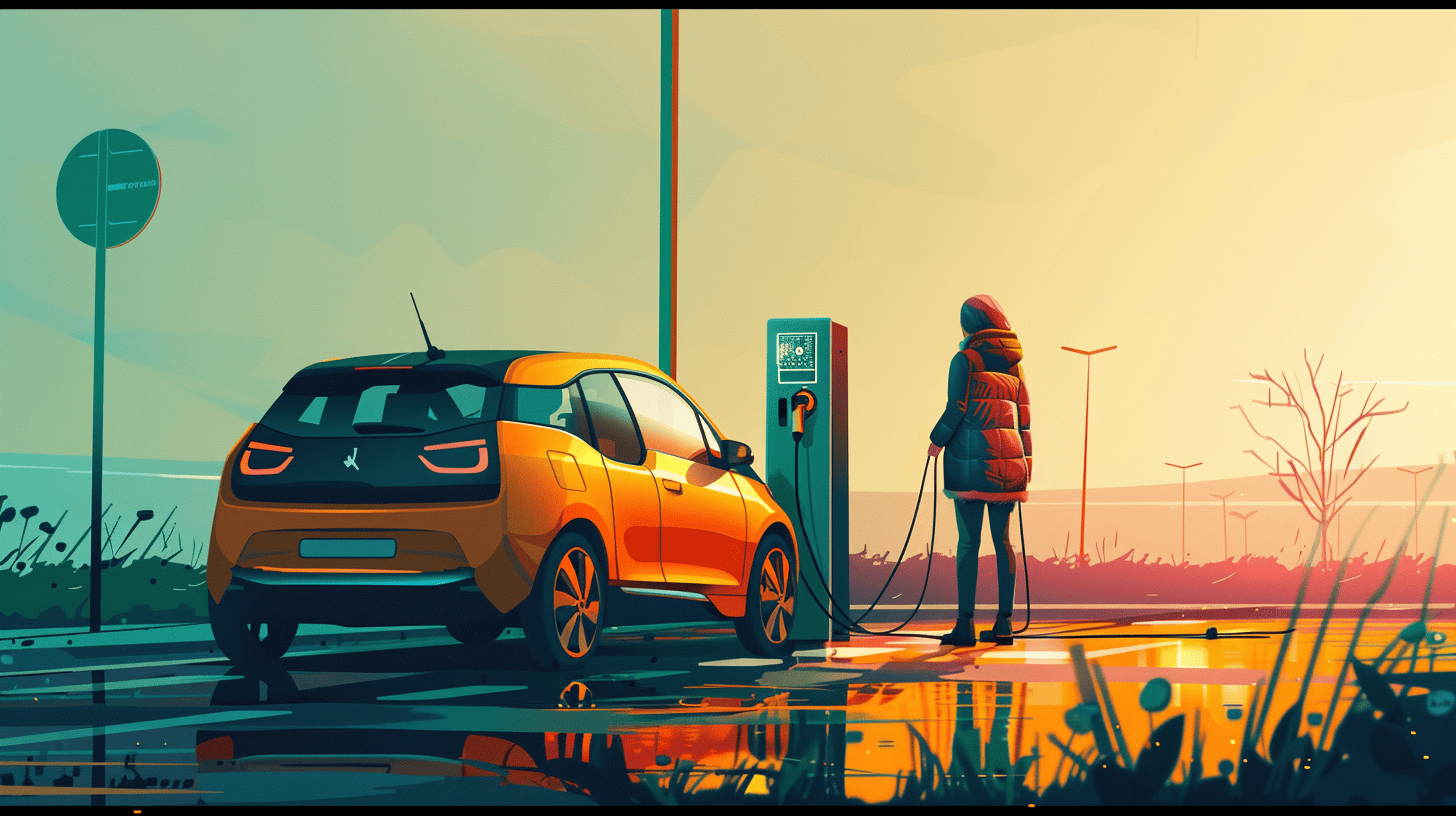
This week, the car rental company Hertz became the largest fleet operator in the world in one fell swoop. The title is due to the announced purchase of no less than 100,000 electric vehicles (EVs) from the brand Tesla.
The announcement is a positive one for electric car penetration (and Elon Musk’s shares), but Hertz’s ‘fleet operators’ may be scratching their heads. Managing a fleet of EVs entails different requirements than cars with internal combustion engines. That is what we are hearing from the industry of fleet operators, as evidenced by the Fleet & Mobility Live meeting earlier this month in Birmingham, among other sources.
Fluctuating cost price
For one thing, the cost of electricity fluctuates greatly, which makes the calculation of costs difficult. It is true that electricity prices for industry, unlike petroleum, are subject to daily and sometimes violent price fluctuations. But Philippe Vangeel, secretary-general of AVERE, the European electromobility association, thinks that this argument is flawed. Variable electricity prices only apply to real industrial parties, not to fleet operators.

However, it is a well-known fact that the charging infrastructure needs attention. In most cases, the infrastructure is not yet up to standard in Europe. For instance, even in Germany – where the most new EVs hit the road every month – there is on average of only one charging station per 17 electric cars. Whereas the European Union recommends a ratio of one to ten.
(Too) many providers
An additional problem is that there’s a huge number of providers on the market for charging infrastructure and energy, which makes it hard for the user to see the wood for the trees. Vangeel recounts a German study from over a year ago which involved over 250 providers. “It looks a bit like the beginnings of the telecommunications market, although to a less extreme degree. Back then, hundreds of providers were also active, each with their own rate card (and, above all, small print).
European directive
It is also common that users can only charge at their own provider’s charging infrastructure. Their infrastructure maps do not even feature the competition. That’s a shame, because drivers might just need that charging infrastructure.
The aim is to put an end to these kinds of excesses in the free market. To that end, the European Commission has proposed the adoption of a new directive for the introduction of an alternative fuels infrastructure. This is evident from the “Fit for 55” report that was presented last July. In it, the European Union is committed to reducing emissions by at least 55% by 2030.
Europe at the forefront
Europe is at the forefront. This is also reflected in the fact that in Europe, there is a cable standard (type 2), even though there are other, older connections (type 1) in use, such as the one for the Nissan Leaf. In the United States, fleet managers who have several types of brands under their belt are flagging the problem of the existence of different charging systems.
Specific fleets where the vehicles constantly return to their base, such as vans that deliver orders and city buses, are able to depend on their own network. These vehicles can then be charged in their own garage (depot), which is also the cheapest way. In that case, recharging outside of these places is also hardly necessary anymore.
Charging protocol
A somewhat different story applies to leased cars for employees. In these cases, the leased car is parked in front of the driver’s door in the evening (or an accommodation en route) and should then be recharged according to the following protocol: recharge when the car is stationary, i.e. at work and at home, recharge slowly at night, and only recharge quickly during the day if this is necessary. Yet many fleet managers find it difficult because the administrative work for an employee’s ‘refueling’ is complicated.
Precisely this week in the UK, the results of a survey (commissioned by a provider of charging cards for EVs) revealed that 40% of fleet operators do not use public chargers for EVs.
Fleet operators
The survey shows that billing is particularly challenging for fleet operators. With 75 public charging networks in the UK, apps, maps and membership schemes present a challenge to these fleet operators.
No matter what, European fleet operators are switching to EVs en masse. According to a spokesperson for the Bundesverband Deutscher Leasing-Unternehmen, almost half of all EVs in Germany are leased cars.
Read more about the future of EV charging here.








